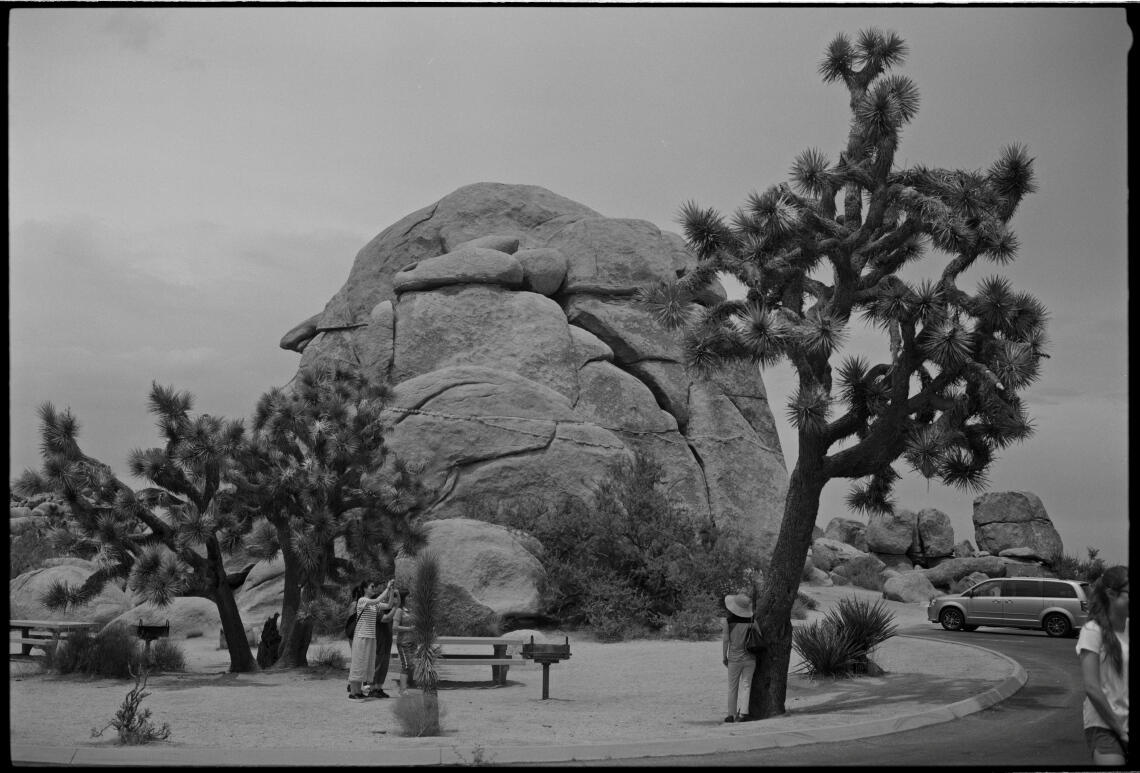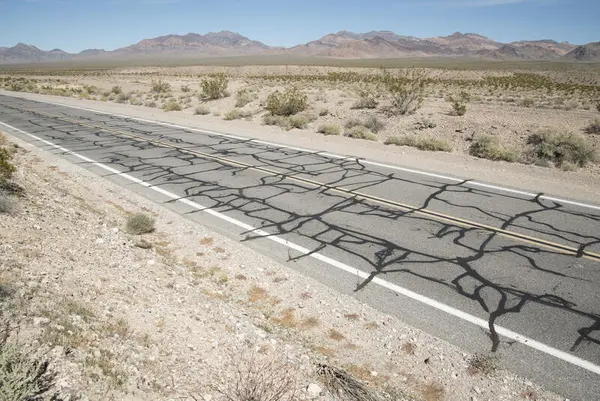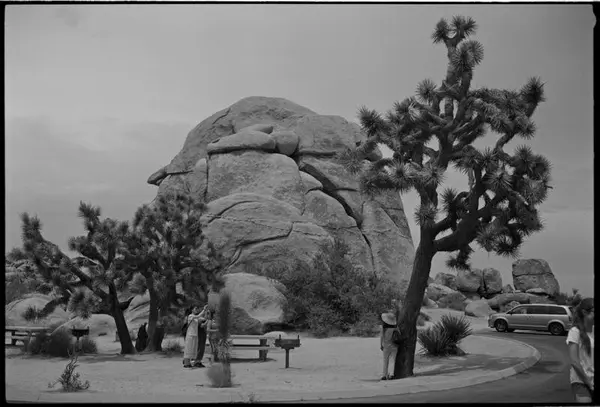At the same time they developed an interest in environmental issues and the more historical aspects of desert landscapes. Their fieldwork was carried out in Death Valley and Joshua Tree in the United States. They worked with many different media such as photography, embroidery, drawings, videos, cyanotype photography, woodcutting and watercolours.
A common thread in what gradually emerged as an exhibition and book entitled Desert Dwelling, was associated with their observations of the landscape. The questions that they asked themselves were:
- How do we observe the landscape?
- Do we notice other things when we use a particular medium?
- How does this affect our perception of the landscape?
For example, the widespread view that desert landscapes are devoid of life has resulted in a number of harmful interventions. Another thing is that the desert itself has been seen as a desolate landscape. According to Diana K Davis, desertification, i.e. the spread of deserts, was regarded as being the first global environmental crisis.
Ever since the beginning of the 1900s, many attempts have been made to restore desert areas to so-called productive landscapes by engaging in irrigation and tree planting. These two attempts were supported by the European belief that deserts were destroyed forest areas. Desert areas have therefore been particularly vulnerable to colonial encroachment and the landscape, for example, was often perceived as being a tangible expression of human nature. This prompted explorer John Frémont to make the following statement about the indigenous peoples and deserts of the United States: “American deserts were bleak, forbidding, desolate, and repulsive, as were the indigenous peoples who lived in them”.
The notion that the desert was devoid of life was something that they tried to challenge with Desert Dwelling. They became fascinated by the fragility of life and all the nuances found in the sand and rocks and how this might place the landscape in a greater context.
This text has been taken from an essay written for the exhibition catalogue by Christine Hansen, the co-curator of the exhibition.
- 1/2
© Line Anda Dalmar, CA-127 Tecopa, 2018. Preus museum Collection - 2/2
© Christine Hansen, Tourists at Joshua Tree, 2018. Analogue photograph (digitized for web). Preus museum Collection


